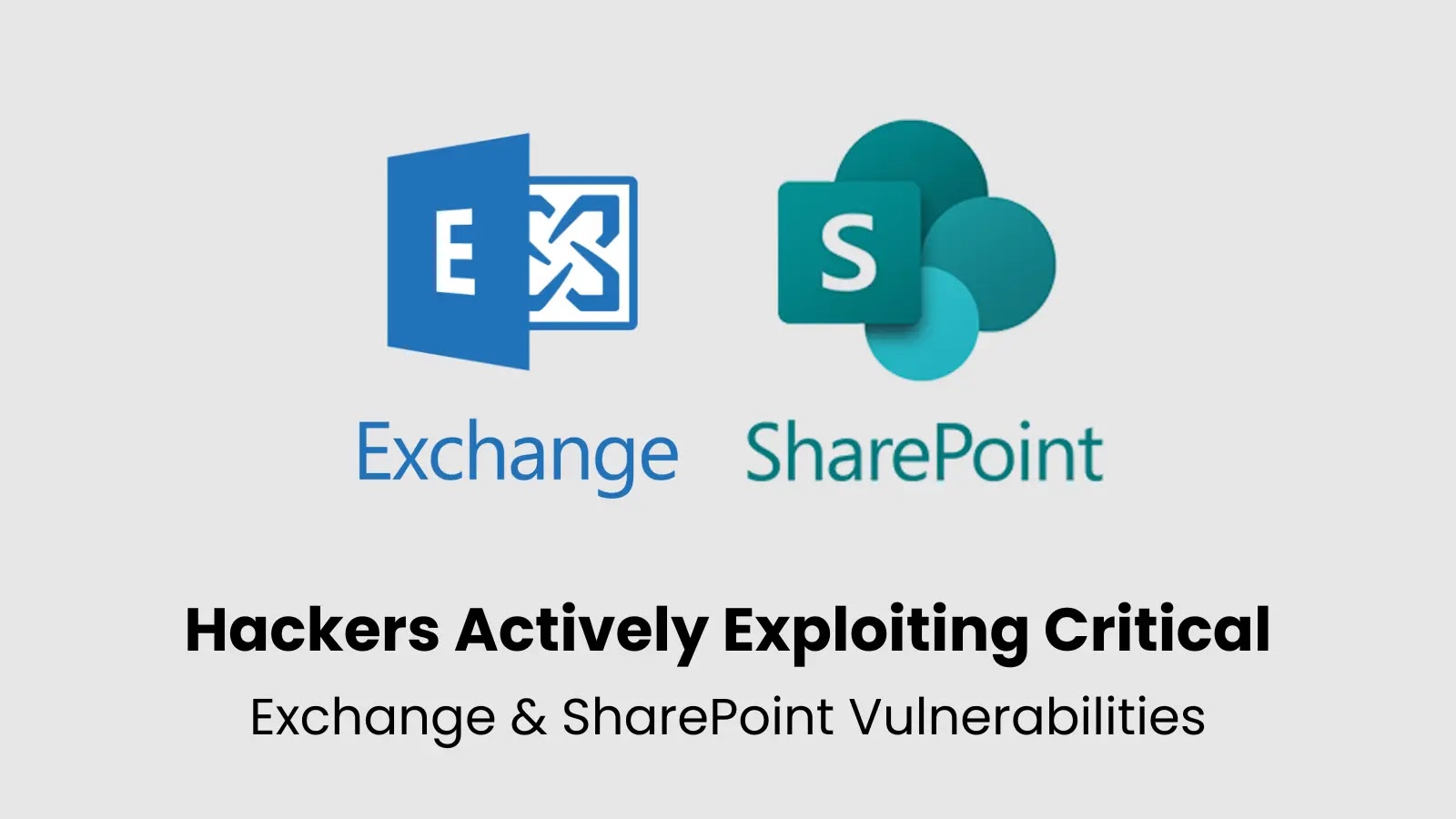In January 2025, cybersecurity researchers identified a new and sophisticated backdoor malware named PolarEdge, specifically targeting Internet of Things (IoT) devices. This malware employs advanced communication techniques to establish and maintain persistent access to compromised systems, marking a significant evolution in IoT-focused cyber threats.
Initial Discovery and Exploitation
PolarEdge first emerged through the exploitation of CVE-2023-20118, a critical vulnerability in Cisco routers that allows for remote code execution. Attackers leveraged this flaw to deploy web shells on targeted routers, creating initial footholds for subsequent payload delivery. The attack sequence typically involves downloading and executing a shell script named q via FTP, which then retrieves and launches the PolarEdge backdoor on the compromised systems.
Targeted Devices and Deployment Patterns
Demonstrating remarkable versatility, PolarEdge has been identified in variants targeting devices from multiple manufacturers, including Asus, QNAP, and Synology. The malware’s sophisticated design suggests deliberate development aimed at establishing a long-term presence within network infrastructure components. Deployment patterns indicate coordinated campaigns originating from multiple IP addresses across different countries, all utilizing identical User-Agent HTTP headers during exploitation attempts.
Technical Analysis and Architecture
Detailed reverse engineering analysis by cybersecurity firm Sekoia revealed that PolarEdge is a 1.6 MB ELF 64-bit executable with multiple operational modes. The backdoor primarily functions as a TLS server, listening for incoming commands while simultaneously maintaining communication with command and control (C2) infrastructure through daily fingerprinting operations.
Advanced TLS Implementation and Communication Protocol
One of PolarEdge’s most distinctive features is its custom TLS server implementation, built using the mbedTLS v2.8.0 library. This approach deviates from conventional malware communication methods, providing encrypted channels that closely resemble legitimate network traffic. The TLS implementation utilizes multiple certificates, including leaf certificates and certificate authority chains, creating an authentic-looking encrypted communication infrastructure.
The malware implements a proprietary binary protocol operating over the TLS connection, utilizing hardcoded tokens embedded within the executable’s data sections. This protocol requires specific magic values for request validation, including tokens stored in the malware’s configuration and others hardcoded within the binary. Command execution occurs when incoming requests contain the ASCII character 1 in the HasCommand field, followed by a two-byte length indicator and the actual command string.
Fingerprinting and Data Exfiltration
PolarEdge conducts continuous fingerprinting operations in dedicated threads, collecting comprehensive system information such as local IP addresses, MAC addresses, process identifiers, and device-specific details. This data is transmitted to C2 servers using HTTP GET requests with specific query string formats. The malware constructs these requests using encrypted format strings that decode to reveal parameters such as device brand, module version, and collected system identifiers.
Operational Modes and Flexibility
Beyond its default server functionality, the backdoor supports multiple operational modes. In connect-back mode, PolarEdge functions as a TLS client for file download operations. In debug mode, it provides configuration update capabilities for C2 server addresses. These operational modes demonstrate the malware’s flexibility and the developers’ consideration for various deployment scenarios and maintenance requirements.
Implications and Recommendations
The emergence of PolarEdge underscores the evolving sophistication of threats targeting IoT devices. Its advanced communication techniques and ability to maintain persistent access pose significant risks to network infrastructure components. Organizations utilizing IoT devices, particularly those from the targeted manufacturers, should take immediate action to mitigate potential risks.
Recommended Actions:
1. Patch Vulnerabilities: Ensure all devices are updated with the latest firmware and security patches to address known vulnerabilities like CVE-2023-20118.
2. Monitor Network Traffic: Implement monitoring solutions to detect unusual network traffic patterns that may indicate the presence of malware like PolarEdge.
3. Restrict FTP Access: Disable or restrict FTP access on devices to prevent unauthorized downloading and execution of malicious scripts.
4. Implement Strong Authentication: Use strong, unique passwords and enable multi-factor authentication to reduce the risk of unauthorized access.
5. Conduct Regular Security Audits: Perform regular security assessments to identify and remediate potential vulnerabilities within the network infrastructure.
By proactively implementing these measures, organizations can enhance their defenses against sophisticated threats like the PolarEdge backdoor and protect their IoT devices from potential compromise.



